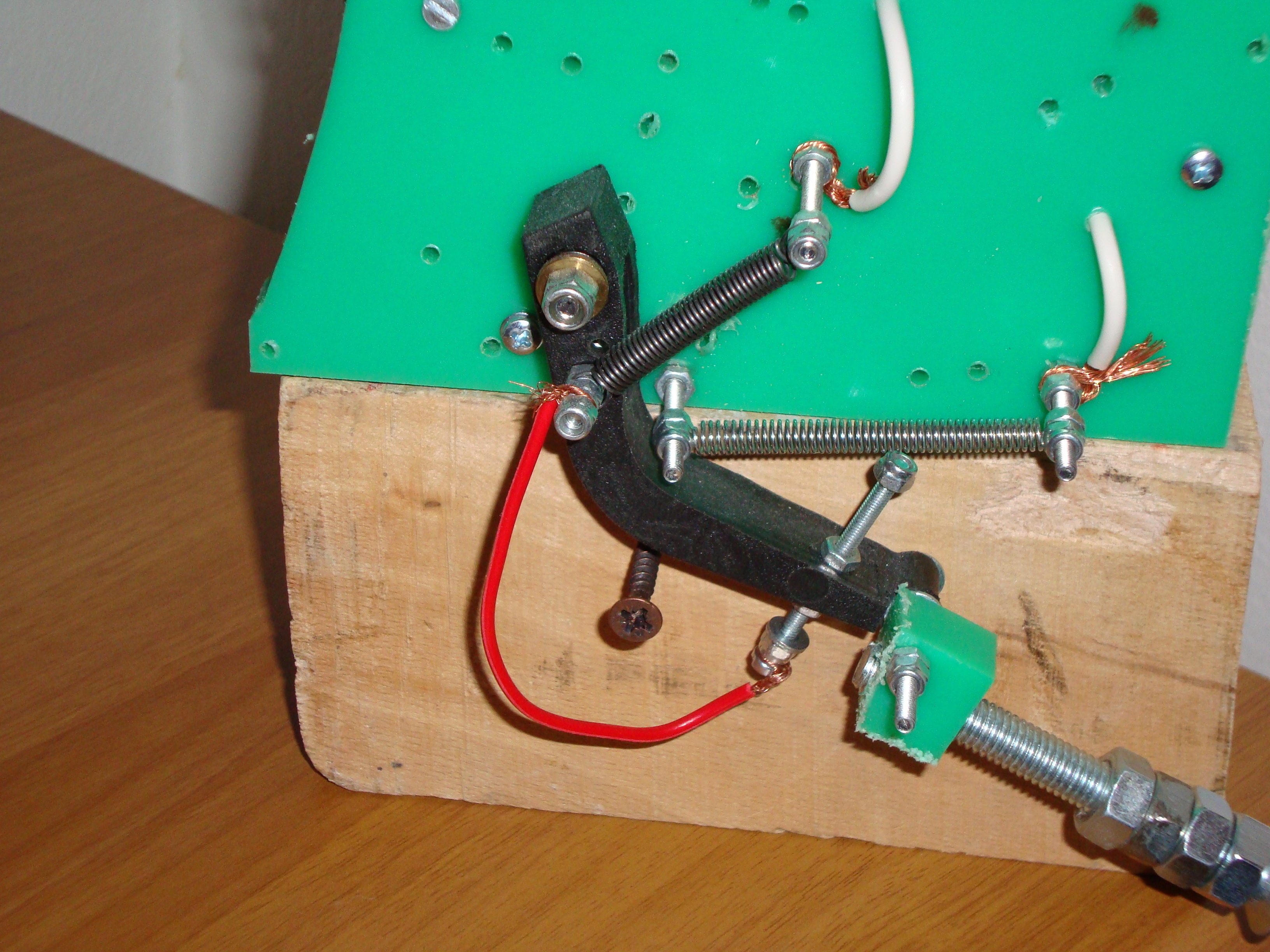An earthquake detector can be a useful home safety device because it alerts you to a quake some seconds before it happens. During an earthquake two kinds of waves are emitted from the centre: a small wave and a dangerous wave. The small wave is faster, so it is the first sign of the event if your house is located some kilometres away from the centre.
An earthquake detector could also work in combination with other devices, such as a gas valve.
This device consists of a highly sensitive lever which is hooked to a spring. A weight is fixed at the end of the lever by an M8 screw. The lever should resonate with a frequency of about 2 HZ. When the sensor shakes, an M3 screw fixed on the lever will touch the horizontal spring, and it will close a delay-off circuit which drives a piezoelectric buzzer.







